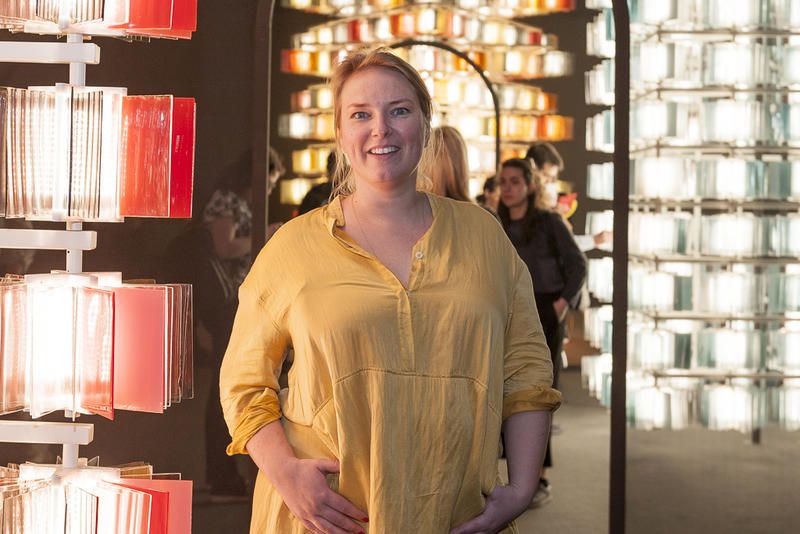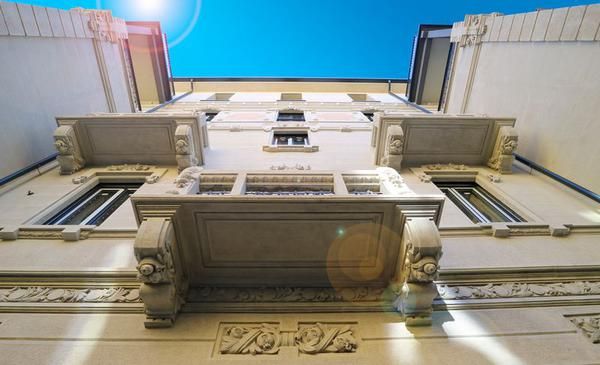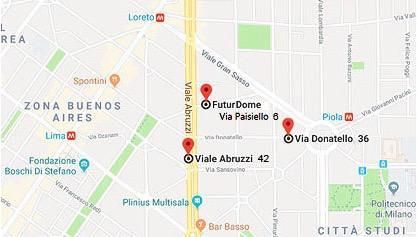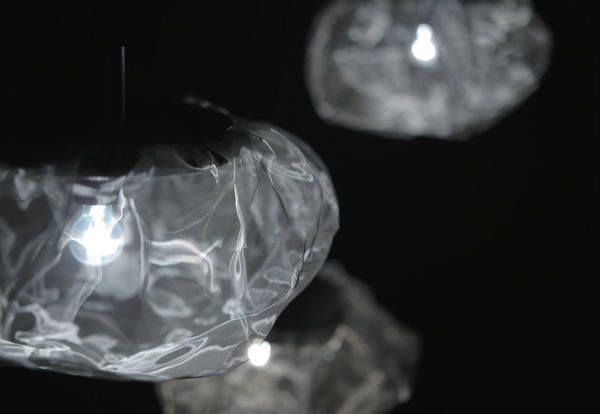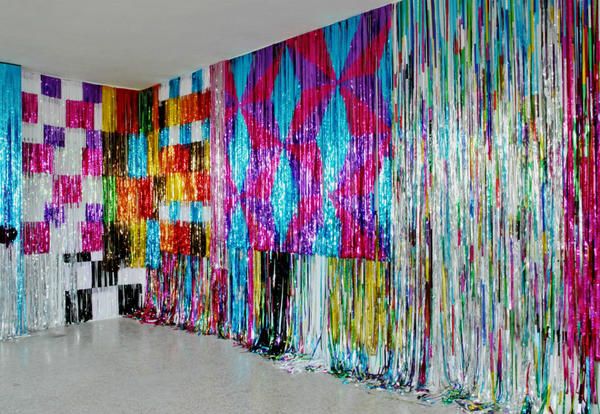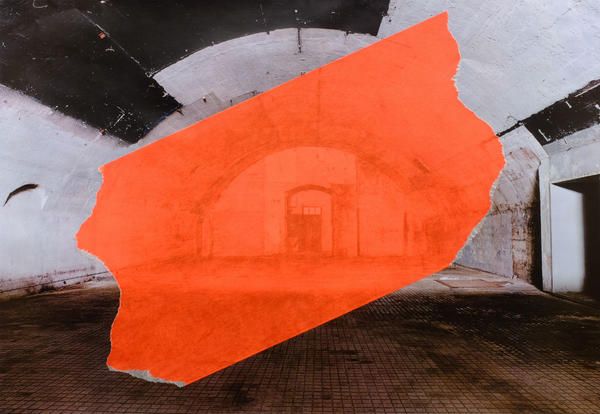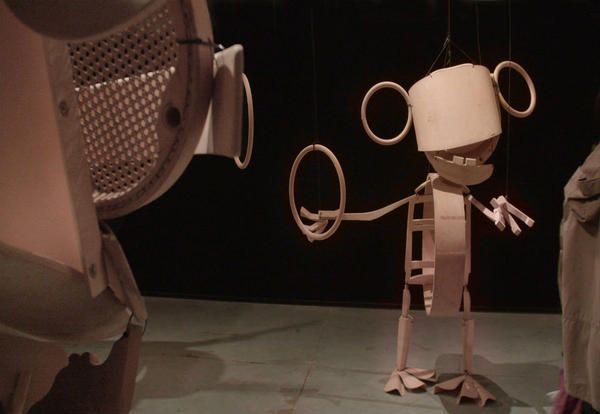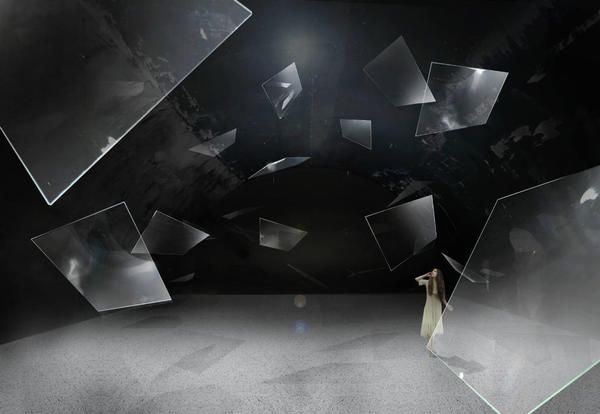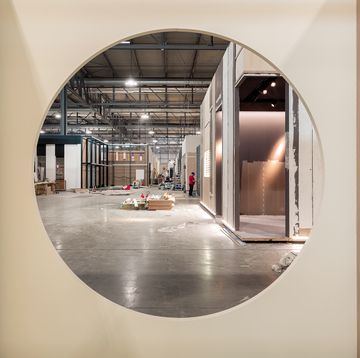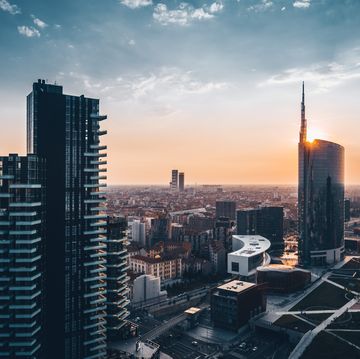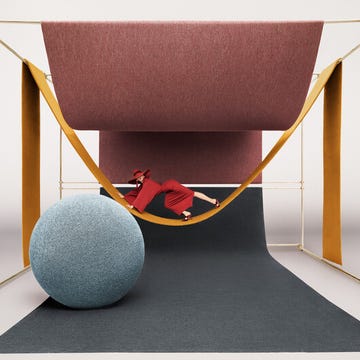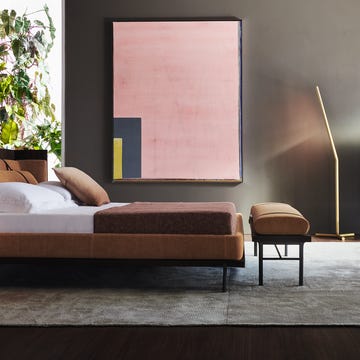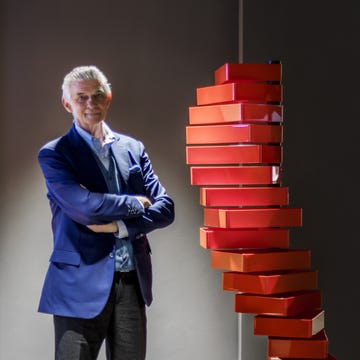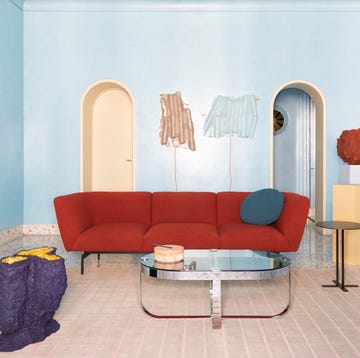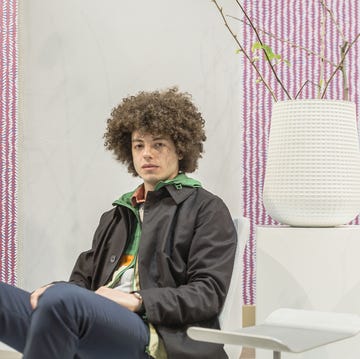Ventura Centrale and Ventura Future. Take note of these two names, and their respective addresses, because during Salone del Mobile they will be two of the areas not to be missed (but, actually, just don’t call them like this).
The countdown fever for the Milano Design Week, which runs from April 17 to April 22, gets us. To tell about Ventura Centrale and Ventura Future we give the word directly to their founder and curator: Margriet Vollenberg.
Dutch, Margriet Vollenberg is a volcano of energy and ideas, a staple reference of the Fuorisalone, and in particular for the young talents, for whom she created the Ventura Lambrate platform at more than ten years ago. After studying at Eindhoven Academy, she lived and worked for a few years in Milano and then, back in the Netherlands she opened up her own design and Public Relations consultancy company, named “Organisation in Design”, which sparked off Ventura Projects activities.
From her office in Utrecht, she anticipates to us what and who are going to exhibit at Ventura Centrale and Ventura Future, but not only: she exhorts Milano to be careful, if it doesn’t want to loose its pole position in the world as a Design Capital.
Moving away from Ventura Lambrate after 11 years, she is bringing Ventura Centrale to Milano for the second time and here we have the debut of Ventura Future dedicated to young talent.
Let’s start from your latest project: Ventura Future, which will be present for the first time at this upcoming Milano Design Week. How did you come up with the idea of choosing this new area between Città Studi and viale Abruzzi? What shall we expect?
First of all, for me it’s important that we do not call it an area! It’s logical to do so, since every year at the Milano Design Week new areas spring up. The Ventura Lambrate project at a certain point turned out to be an entire area, but my focus wants to be, and has always been, on design, not so much on the area and its surroundings. And so this is also why we decided move out of Lambrate and start from scratch with Ventura Future. The idea and opportunity to so came about thanks to the offer of art and Futurism experts and curators Atto Belloli Ardessi and Ginevra Bria. They are also the artistic directors of FuturDome, which is the main building where Ventura Future will take place: for them it is interesting to see how it could work with design. I don’t know if you are familiar with the story of this palazzo, which is in via Paisiello 6.
Would you tell us a bit about it?
FuturDome is a liberty palazzo: it was the place where renowned artists from the Futuristic movement used to meet after the World War II. It was quite difficult for them to work in public, so during the 40s they debated and gathered here. For us it was such an interesting story! So we started to speak with its artistic directors, and here we are, with Ventura Future, literally bringing the future back into that building! And at the same time we started to talk with international academies and with other venues.
Where else Ventura Future will take place?
Three buildings: besides FuturDome, we are taking over the very nice university building of the Pharmacy Faculty in viale Abruzzi and we have a loft space in via Donatello. They are all in the same area, a 1 to 3 blocks walk from each other, but, as I was saying before, we were not searching for a new district, but for new venues and platforms that could suit the talents and universities we had in mind.
So what and who are going to exhibit at Ventura Future?
We will have more than 80 exhibitors and names this year, with over 20 universities and academies from all over the world , from Tomas Bata University Czech Republic, to Kyoto Design Lab from Japan, Anahuac University School of Design Mexico, University of Iowa 3 D Design Program, USA…
Salone del Mobile and the young talents.
Until 10 years ago we didn’t see any young talents at Salone. It was necessary for the design world to introduce the new generations, but these new generations don’t know how to present themselves in Milano. The only design shows that we had at Fuorisalone, were the big names, like Bisazza, Cappellini. The old become older and older, and if we don’t let the new generations enter, at a certain point they are not there anymore! So Ventura Lambrate, 11 years ago, was created with this objective, and it was very helpful for them. When we started as a PR office and design consultancy we were focused on Dutch designers, of course we are based here, but soon we became an international platform. And all the designers saw and see an opportunity with us.
Salone del Mobile from young talents’ viewpoint: what do you offer them?
We always look at their needs first. Where can they show themselves at their best. During the Milano Design Week, we have the Brera area, Tortona, the fair itself at Rho… the big names, the big labels know how to go there and they have also financial means to do so, but for the young designers and for academies it’s very complicated and expensive. We have brought them in and now we have a complete spectrum of international design academies in a single week. It’s really incredible! And Federico Peri, Lanzavecchia + Wai, ólan van der Wiel, Sabine Marcelis… they all started at Ventura Lambrate and now they are everywhere.
And, besides visibility, for them is there also a commercial satisfaction?
It’s fundamental. They do business, but of course on another scale compared to companies. If there is no commercial goal, for me it’s difficult to work with Salone del Mobile: Salone is made for commercial business. For ex-students and young talents, Milano is the first step towards the real design world. We offer a location where people can see you. And we never think about it, but the public can see them for free, no tickets are needed. And it’s incredible how much inspiration you get there!
Let’s move to Ventura Centrale, in its second edition. You are taking over Magazzini Raccordati near the Central Station as you did last year, in via Ferrante Aporti 9.
Here too it is not an area, but what is happening is that the neighborhood is responding very well, so now we will launch Centrale District in collaboration with the hotels around there; it’s a cooperation that really comes from the neighborhood, which really appreciates our presence and understands the need to do something with the abandoned space of Magazzini Raccordati. When, from abroad you learn that Milano has a place in the middle of the city, near the station, with 40,000 sq.m. of space that has been vacant for the past 30 years, you think Milano is crazy! We are going to use about 3,000 sq.m. of it.
What are you presenting here?
We see Centrale for, let’s say, the “more” famous names. We will have a few projects: the Diner by Rockwell Group, Fabrica, “Waste No More” by Eileen Fisher curated by Li Edelkoort… the giants puppets by Stephan Hürlemann. And AGC Asahi Glass will create an installation that has to do with the sound of glass. And then Italian artist Franco Mazzucchelli…
Fuorisalone in general: events and installations seem to be more important than products. what do you think about it?
I love working with companies and designers that really like to make an installation and surprise the public! I do believe that storytelling is important, the way you present the content, the surroundings are all important for the experience of the product: it’s really a cooperation between these two parts. Great products without the right context, or beautiful context but not great products don’t work either.
Milano. Not only designers and design, but you also offer us an amazing opportunity to discover buildings and abandoned spaces in the city. Your intuition and ability to turn them into new design destinations, bringing them to a new life, even after the Design Week.
Ahah, even prices per square foot go up! You know what? I know Milano very well. I was living and working in Milano in my early 20s, and I was impressed by all the doors and what there was behind them. Only in Milano do you have so many hidden courtyards! So for me it was important to open these doors and show to the public what amazing things are behind them. I know the Milanese very well but I also know the international public. I remember what happened when I was searching for the place for the Lambrate project: I was talking with my Italian friends about it, “Look I found this place in Lambrate! And everyone was saying: Lambrate!? No! Don’t do that, it’s outside of the city!” But I felt like doing it and it worked out! The first year we had 30,000 visitors, and the last year far over a hundred thousand, and we’re not even in the city center!
It’s when you become a destination.
That’s important: but you have to give quality back, people have no time, especially during the design week. If you ask them to take a subway or a taxi, you have to promise something back. In the selection of my venues it’s important that the subway station is near by.
How do you like Milano in general?
I lived there for a few years. I adore Milano! I think Expo has given the city a huge boost and even Brexit is offering a lot of opportunities, and I see that the city is taking them. It has changed a lot from 10-15 years ago. At that time I found it a bit sleepy but today it is definitely awake, finally an international city.
And the value of the Milano Design Week?
It is the start of the new design year, our calendar goes from January 1, but the design calendar goes from April to April, based on Milano. But there are some difficulties.
What do you mean?
The increase in Milano hotels prices and hospitality offers. Take a look at Airbnb and see what is still available: nothing, it’s incredible! Look at the London Design Festival in September: you go there for a couple of days, you spend a lot of money for your stay and actually there is nothing to see, and for this reason London is criticized. In Milano there is a lot to see but the city has to watch out: there is a lot of competition in the world, every big or little city has a design week now, and if Milano wants to keep its pole position it has to be a smart city in the hospitality offer and prices. Otherwise coming to Salone is a huge effort, not a pleasure anymore. And also we have the responsibility of creating and proposing good projects.
Last but not least, how about the name Ventura?
It’s because we started in via Ventura in Lambrate, so we held onto this name, also because it’s like “avventura”, adventure, and also venture, meaning the connection between people… So we became Ventura Projects, with different variations: we go to Dubai as Ventura Dubai, then we have Ventura New York, and hence Ventura Centrale and Ventura Future in Milano.
Opening Photo: MARGRIET VOLLENBERG, FOUNDER AND CURATOR OF VENTURA CENTRALE AND VENTURA FUTURE AT THE MILANO DESIGN WEEK.
